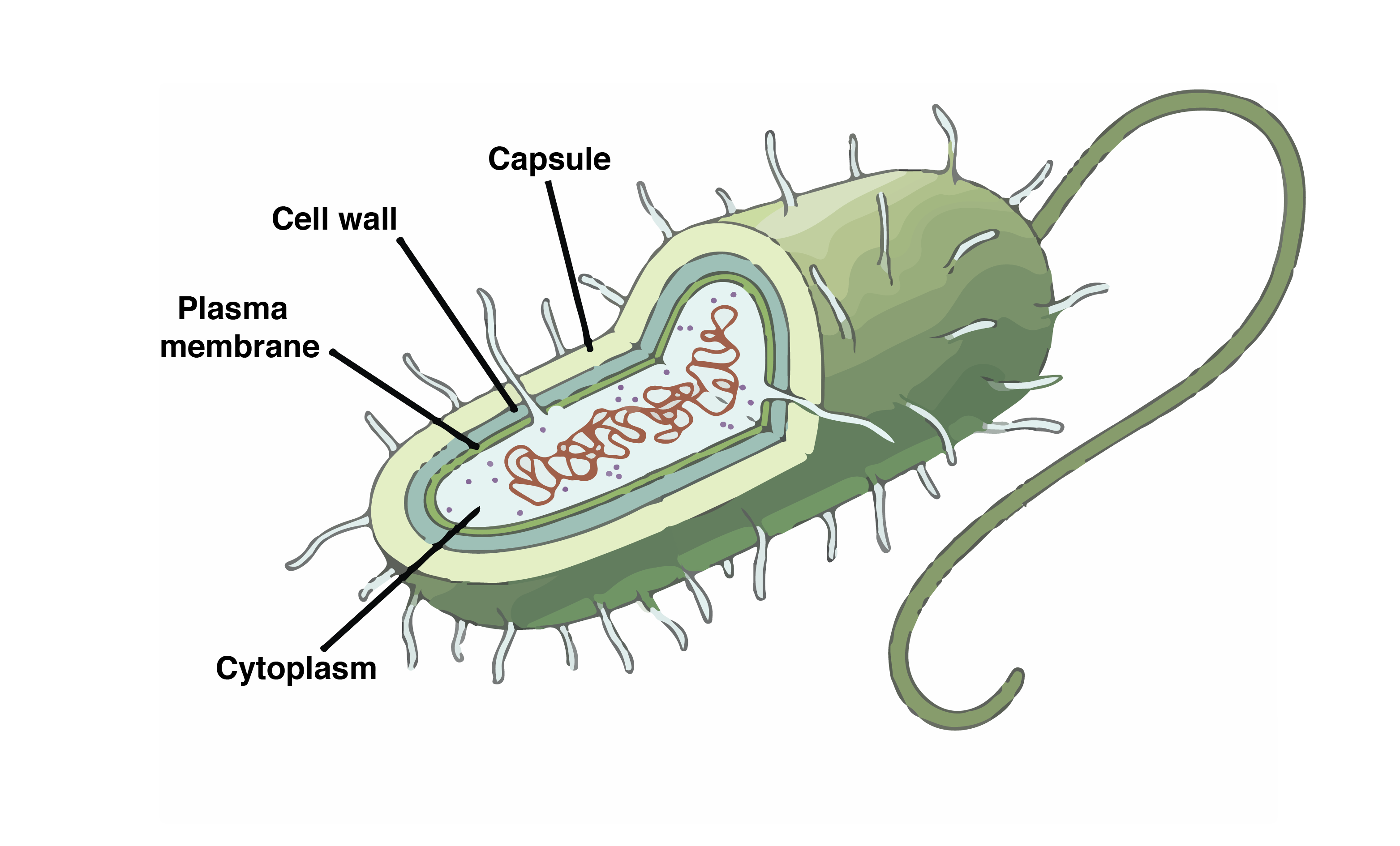
Prokaryotic Gene Structure Chloe's Science
Prokaryotes are single-celled organisms belonging to the domains Bacteria and Archaea. Prokaryotic cells are much smaller than eukaryotic cells, have no nucleus, and lack organelles. All prokaryotic cells are encased by a cell wall. Many also have a capsule or slime layer made of polysaccharide.
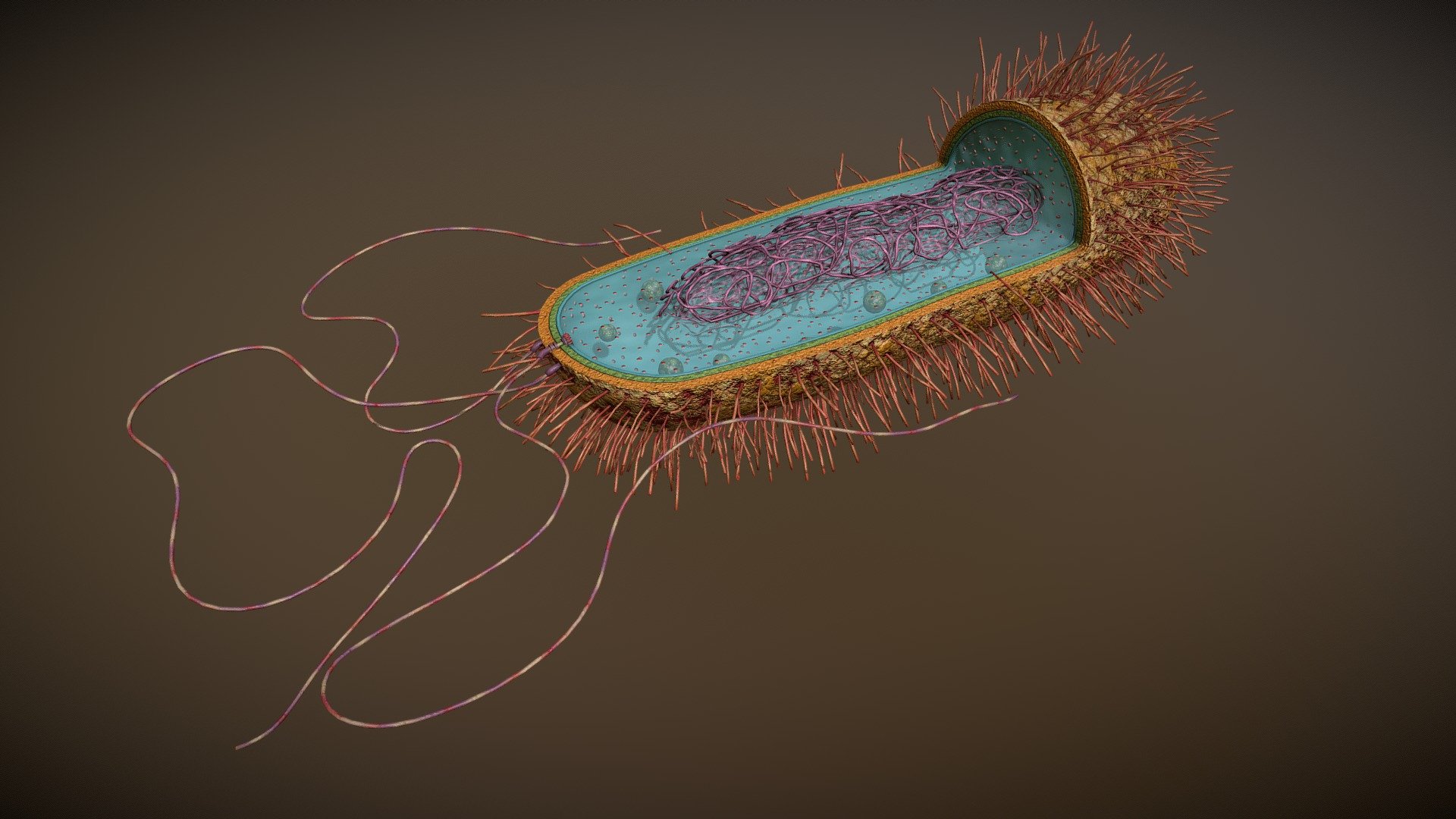
Prokaryotic Cell Structure 3D model by Vida Systems (objects1) [82bc108] Sketchfab
Prokaryotes are single-celled organisms that are the earliest and most primitive forms of life on earth. As organized in the Three Domain System, prokaryotes include bacteria and archaeans. Some prokaryotes, such as cyanobacteria, are photosynthetic organisms and are capable of photosynthesis .

Staco Prokaryotic Cell Model
Summary. Prokaryotes are predominantly single-celled organisms of the domains Bacteria and Archaea. All prokaryotes have plasma membranes, cytoplasm, ribosomes, and DNA that is not membrane-bound. Most have peptidoglycan cell walls and many have polysaccharide capsules. Prokaryotic cells range in diameter from 0.1 to 5.0 μm.

Endosymbiotic Theory Ask A Biologist
5 Prokaryotic Cell 9.9k 2 8 View all Buy Prokaryotic-cell 3D models Prokaryotic-cell 3D models ready to view, buy, and download for free.

Prokaryotic Cell Model YouTube
A prokaryotic cell is a type of cell that does not have a true nucleus or membrane-bound organelles. Organisms within the domains Bacteria and Archaea are based on the prokaryotic cell, while all other forms of life are eukaryotic. However, organisms with prokaryotic cells are very abundant and make up much of Earth's biomass. Overview
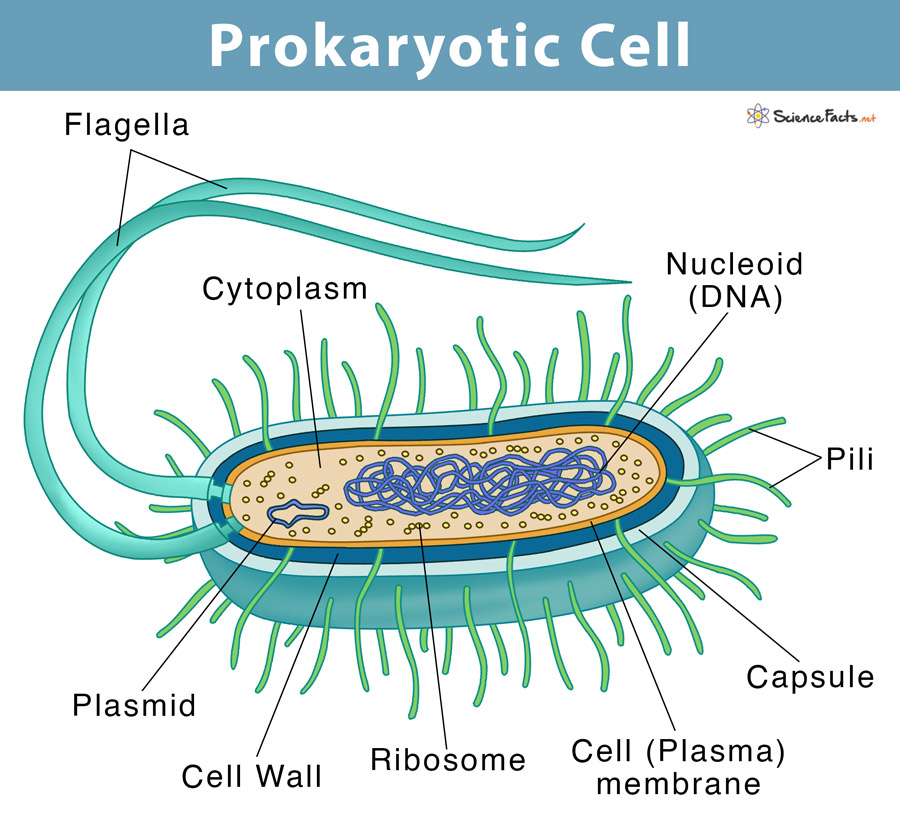
Prokaryotic Cell Definition, Examples, & Structure
Prokaryotic Cell Model Construct a three-dimensional model of a prokaryotic cell (bacteria). Your cell must include the following structures — cell wall, plasma membrane, cytoplasm, chromosome, ribosomes, pili, and capsule. DO NOT USE ANY FOOD OR PLAY DOUGH FOR YOUR MODEL! Be sure to: Label the parts of the cell with straight pin "flags"

Prokaryote Detailed Pedia
Bacteria Bacteria are microorganisms made up of a single prokaryotic cell. There are two general categories of cells: prokaryotic and eukaryotic. Sometimes, organisms are referred to as prokaryotes or eukaryotes, based on the type of cell (s) that compose them. 1. Prokaryotes are small and lack membrane-bound nuclei

Prokaryotic Cell by zirzow Thingiverse Prokaryotic cell, Biology projects, Cell model project
A. The prokaryotic cells have a nucleus, while the eukaryotic cells do not. The prokaryotic cells have cytoplasm, and eukaryotic cells do not. B. The prokaryotic cells have cytoplasm, and eukaryotic cells do not. The prokaryotic cells are much smaller than the eukaryotic cells. C. The prokaryotic cells are much smaller than the eukaryotic cells.

56 Ideas For Prokaryotic Cell 3d Model Free Mockup
E. coli. Because of their comparative simplicity, prokaryotic cells (bacteria) are ideal models for studying many fundamental aspects of biochemistry and molecular biology. The most thoroughly studied species of bacteria is E.coli, which has long been the favored organism for investigation of the basic mechanisms of molecular genetics.Most of our present concepts of molecular biology.

FileProkaryote cellro.svg Wikipedia
Most prokaryotes have a cell wall outside the plasma membrane. Figure 27.2.2 27.2. 2: The features of a typical prokaryotic cell are shown. Recall that prokaryotes are divided into two different domains, Bacteria and Archaea, which together with Eukarya, comprise the three domains of life (Figure 27.2.3 27.2. 3 ).
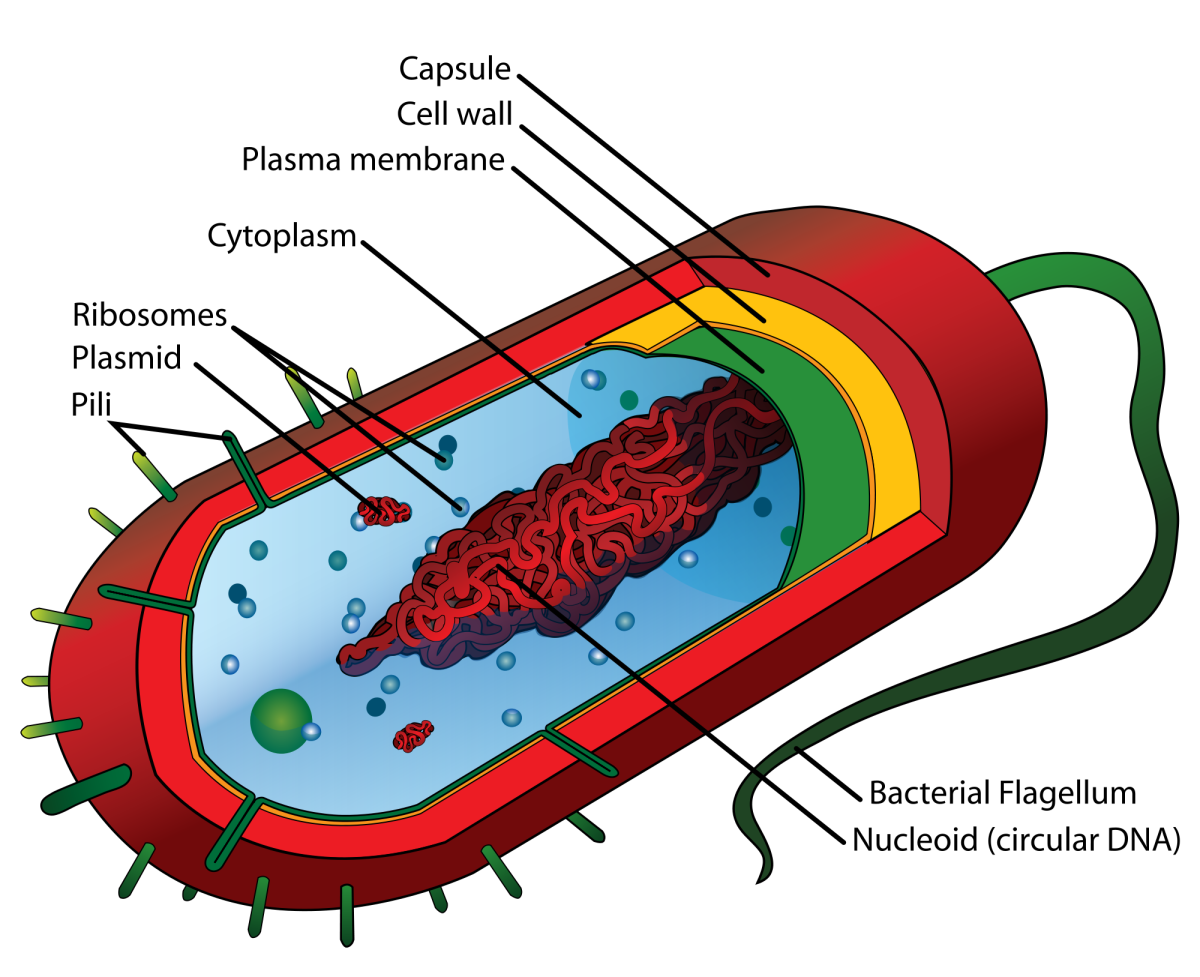
Prokaryotic Cell Structure A Visual Guide Owlcation
A prokaryote ( / proʊˈkærioʊt, - ət /, also spelled procaryote) [1] is a single-cell organism whose cell lacks a nucleus and other membrane -bound organelles. [2] The word prokaryote comes from the Ancient Greek πρό ( pró) 'before' and κάρυον ( káruon) 'nut, kernel'.

Pin by Magpie on ชีวะ Prokaryotic cell, Eukaryotic cell, Prokaryotic cell model
A typical prokaryotic cell contains a cell membrane, chromosomal DNA that is concentrated in a nucleoid, ribosomes, and a cell wall. Some prokaryotic cells may also possess flagella, pili, fimbriae, and capsules. Common Cell Morphologies and Arrangements. Individual cells of a particular prokaryotic organism are typically similar in shape, or .
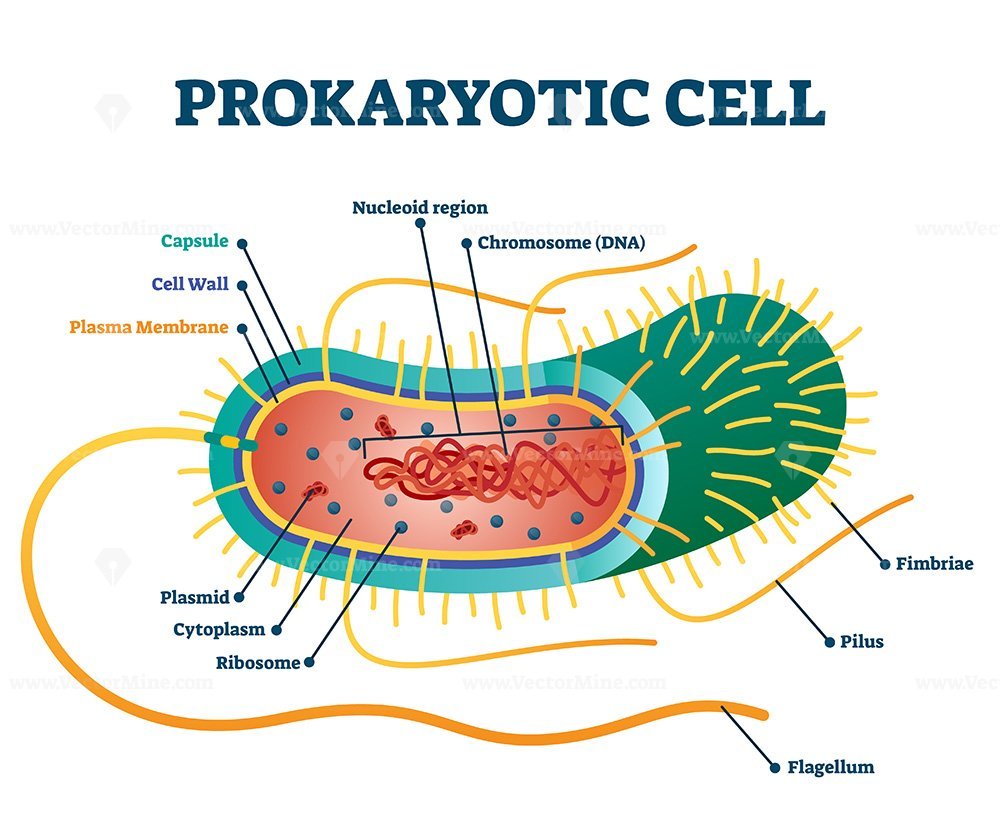
Prokaryotic cell structure diagram, vector illustration cross section labeled scheme VectorMine
A prokaryote is a simple, single-celled organism that lacks a nucleus and membrane-bound organelles.

STL file Prokaryotic Cell・3D printer model to download・Cults
Prokaryotic cells are not as simple as once thought. They have diverse and dynamic organelles that perform various functions and shape the cell. This article reviews the recent advances in the cell biology of prokaryotic organelles, such as membrane-bound compartments, protein-based structures and DNA segregation systems.
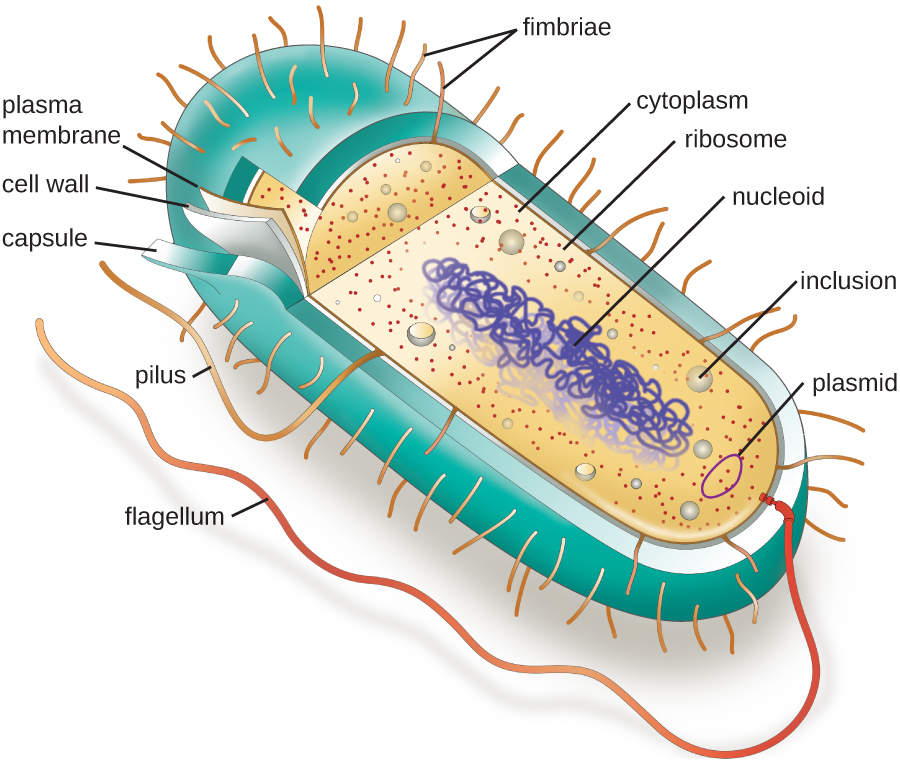
Unique Characteristics of Prokaryotic Cells · Microbiology
Diagram Components Reproduction Examples What is a Prokaryotic Cell? Prokaryotic cells are single-celled microorganisms known to be the earliest on earth. Prokaryotes include Bacteria and Archaea. The photosynthetic prokaryotes include cyanobacteria that perform photosynthesis.
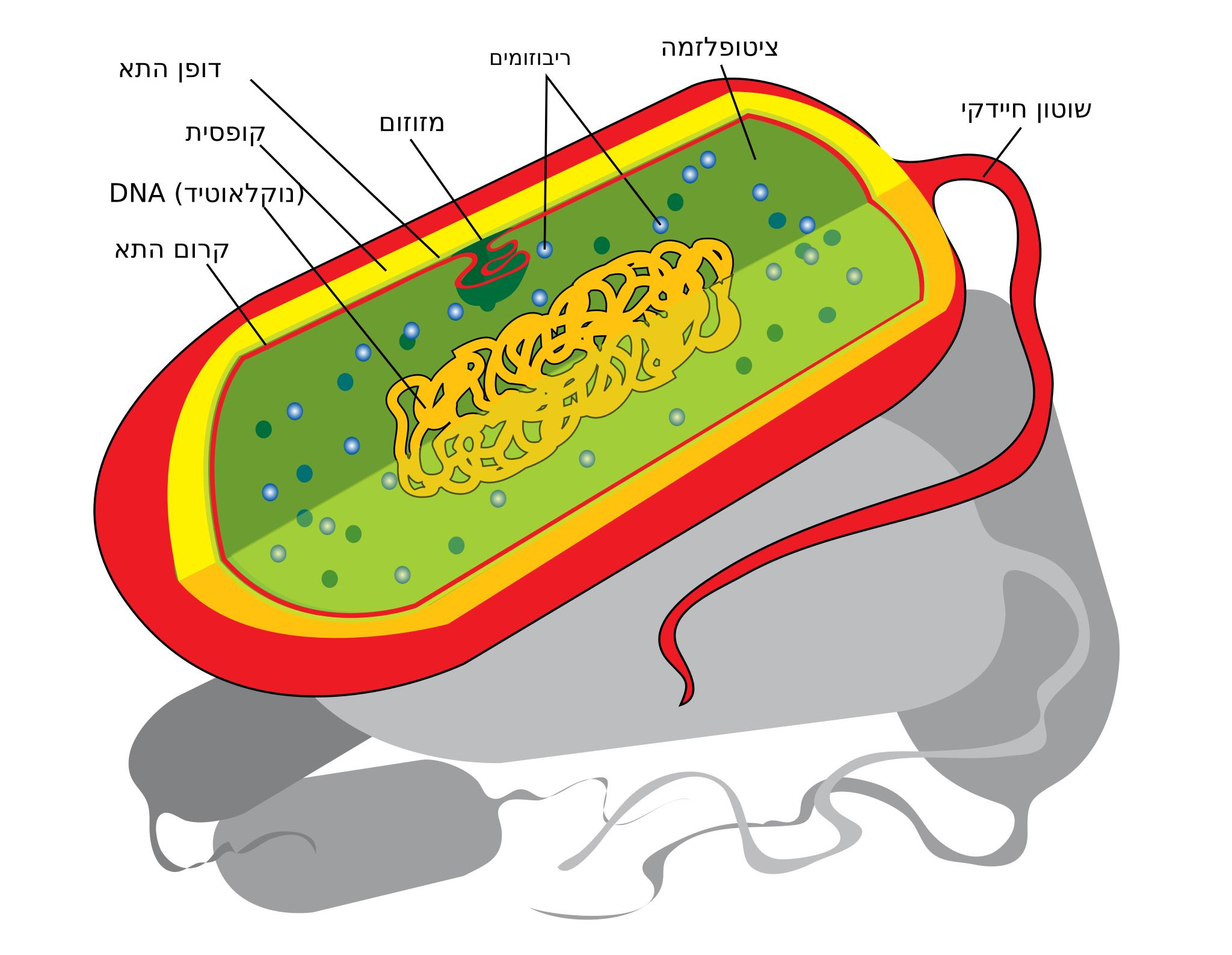
Free Images prokaryote cell diagram he
Summary. Prokaryotes are predominantly single-celled organisms of the domains Bacteria and Archaea. All prokaryotes have plasma membranes, cytoplasm, ribosomes, and DNA that is not membrane-bound. Most have peptidoglycan cell walls and many have polysaccharide capsules. Prokaryotic cells range in diameter from 0.1 to 5.0 μm.